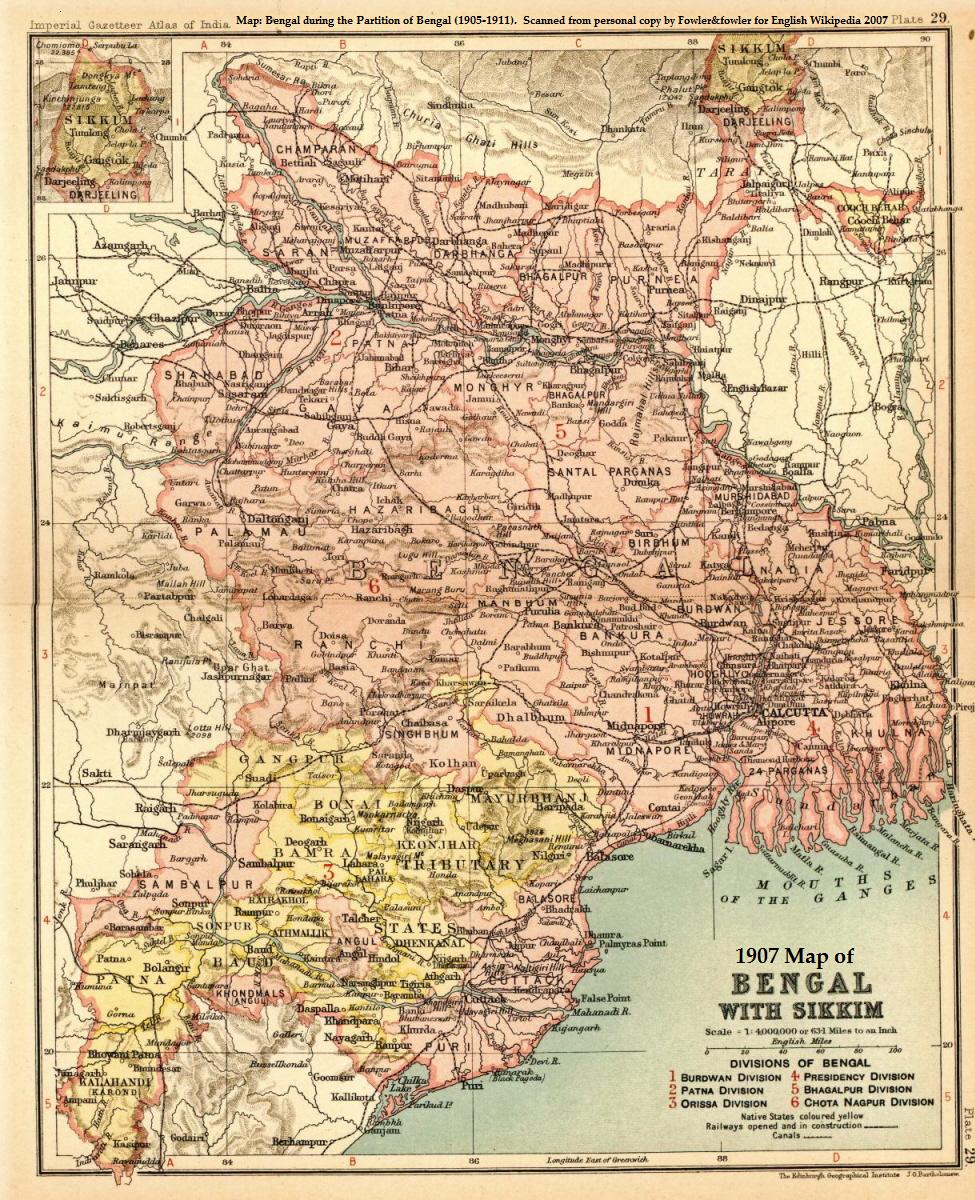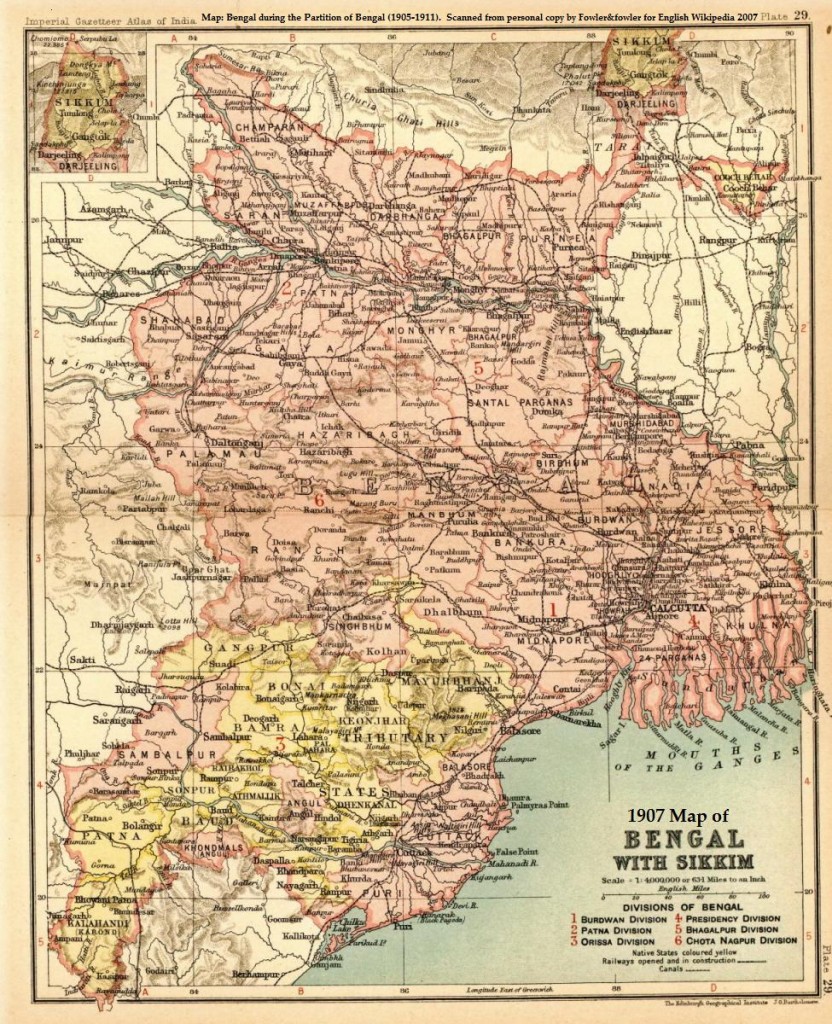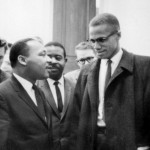In Ta-Nehisi Coates’ post on Mandela and the Question of Violence, the commenter abk1985 notes the following:
The way the game is played is:
#1 – Nobody likes violence. Most people are horrified by it.
#2 – A group — any group — that has political or social or economic grievances will likely resort to violence at one point or another. Otherwise the system never notices the grievance and never does anything about it.
#3 – However, once violence is used, that also allows the system to use, or persist in using, violence systematically against the group that has the original grievance. Usually at this point you have some sacrificial victims, usually leaders of the grievance group.
#4 – The system then demands that the group with the grievance “forswear” violence, with the expectation that once that is done, change will happen without violence. In fact, what usually happens is nothing, until conditions get so bad that change happens anyway: Usually with violence, this time with sacrificial victims from the system group (think of murdered royalty, etc.)
— This is a model for peasant uprisings in Europe for centuries, as well as many Euro revolutions, as well as the US CW, as well as anti-slavery and anti-colonial rebellions, forever. The elephant in the room for all this of course is in the Arab / Muslim world today. That’s the overall judgment context at work here.
This is an interesting model and can be supported by two leading modern examples, Gandhi’s attempts to ‘liberate’ India and the US Civil Rights movement. It is noted by other commenters that without actors such as Malcolm X and the Black Panthers, Martin Luther King Jr’s non-violence may very well have never caught on.
What is less-known is that the Indian Independence Movement followed this pattern as well. Gandhi didn’t found subcontinental agitation for independence from the British. He helped to fulfill it. But long before him, other peoples and movements within the subcontinent set the stage for Gandhi to prosper.
Most notable, to my mind, were the Sepoy Mutiny of 1857 and the First Partition of Bengal in 1905 as well as the work of Bengali nationalists such as Suhrawardy and Sarat Chandra and Subhas Chandra Bose. Both the Sepoy Mutiny and the first partition of Bengal were violent events. Suhrawardy and the Boses, whatever one thinks of their ultimate places in history, were influential actors in early subcontinental agitation for independence from Britain.
Since Nelson Mandela’s death, there have been some posthumous criticisms of his use of violence. Mandela wasn’t a non-violent saint. Although he advocated forgiveness after being released from prison, he did not eschew the use of violence earlier in his tenure.
The real record of a man’s life is often far more complicated that assigning him to one camp or another. And nor should Mandela have advocated only one type of resistance. He was a revolutionary; his job was to make sure that Apartheid fell. It is possible that the non-violence of his latter days would not have been possible without the violence of his youth. Just as in India and just as in the US Civil Rights Movement.





